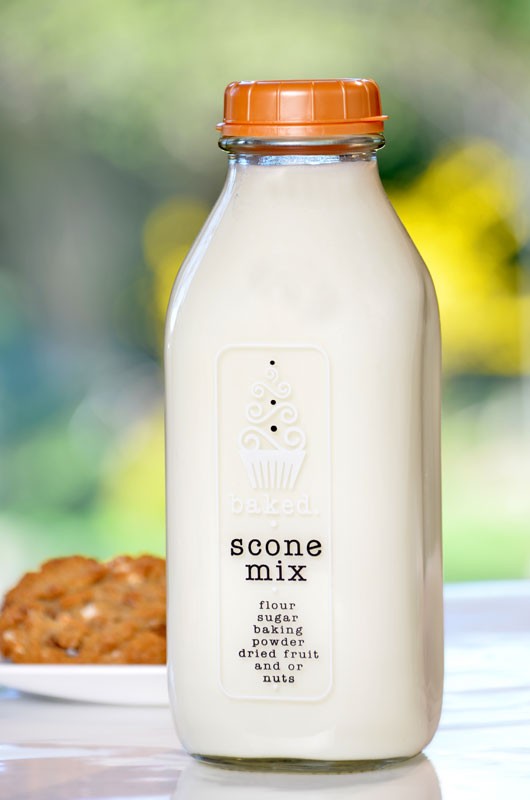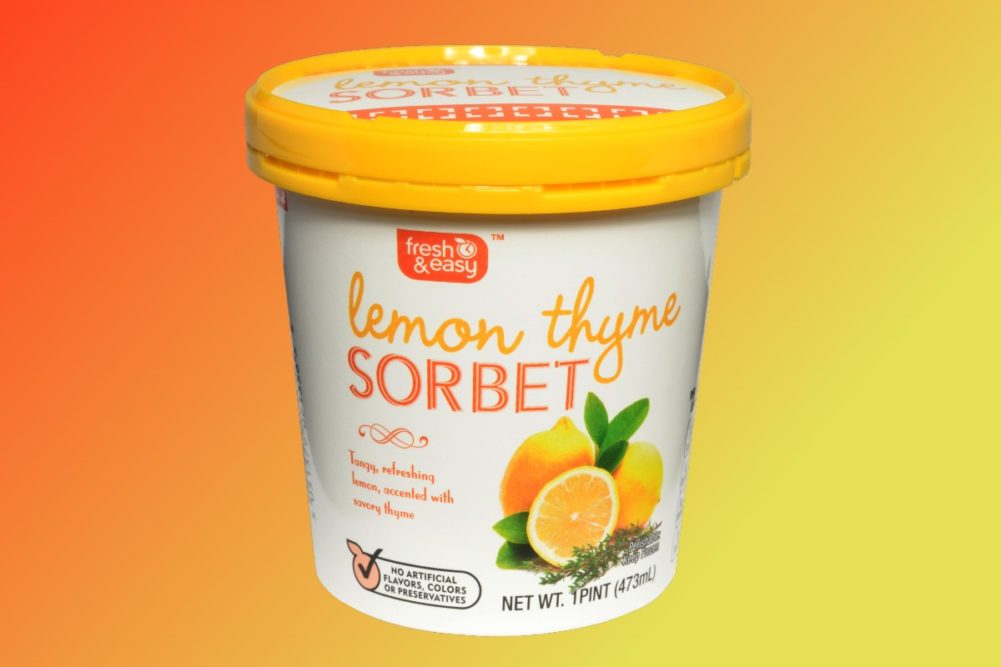Developing a label for a product is an opportunity to tell the story of a brand and its qualities, and dairy companies are increasingly taking advantage of these opportunities to deliver their messages in an eye-catching manner.
At the same time, the supply chain has put constraints on available labeling materials even as consumers are looking for all elements of packaging to be produced in a sustainable manner.
Attractive messaging
The industry has seen higher quality and more visually impactful labels on dairy beverages, according to Justin Slarks, director of marketing for the Little Rock, Ark.-based Sleeve Seal, and he attributes this to the alternative milk sector elevating their presence on shelves.
“A lot of non-dairy milks have come into the market and created a lot of draw or pull from consumers because they have very attractive packaging,” Slarks said. “The dairy industry has followed that to a certain extent to have the same type of shelf presence.”
Slarks said his company is seeing more shrink-labeled dairy containers as this option offers more vibrant colors and 360-degree graphics.
Tony Cook, chief executive officer of Great Lakes Label, Comstock Park, Mich., said the company’s organic milk customers are looking to use more graphic pictures and colors, and to achieve this they often switch to packaging shapes that have more panel space. In conventional dairy products, he has seen companies switch from a traditional two- or three-color label to a graphic image on the face label. He also said the traditional color scheme for milks – red for whole or blue for 2% – are also being challenged as companies develop more creative labels.

When it comes to ice creams and cheeses, Cook said many graphics have been updated, and more pictures are being used. Additionally, some companies are including extended content labeling with multiple layers that can be peeled back to uncover a recipe or message.
“I see labels being used now for more marketing purposes than they traditionally were,” Cook said.
These extended content labels must be run on different presses than traditional labels, which can create challenges. Still, Cook said they are working with customers to accommodate those requests.
Murray Bain, vice president of marketing with Stanpac, Smithville, Ont., said the company’s glass bottle customers often choose bottle printing for their labeling because of its premium appearance. Additionally, pressure-sensitive labels work best on a flat surface and often have bubbles or wrinkles when placed on bottles.
In their ice cream products, Bain said customers are using bold new colors, and in some instances even taking advantage of raised printing to make the products look more premium. Bain said they are even seeing ice cream brands using the heat seal on products to tell stories.
“The package has to equal the quality of the product inside and grab the consumer’s attention,” Bain said. “It’s a very competitive space.”
Finding the materials
Perhaps one of the biggest challenges in producing labeling since the pandemic began has simply been securing the necessary materials. Cook said label volume throughout the consumer packaged goods industry skyrocketed during the pandemic as a result of consumers buying more products. As such, global capacity to produce paper labeling materials – what many dairy companies used – fell below global demand. To make matters worse, a plant in Finland that produces a large amount of North America’s paper labeling materials for dairy went on strike. As a result, some dairies were forced to switch to film materials.
Cook said the ability of companies to switch over to film was dictated by the customer’s equipment. Some companies were using pressure-sensitive labels due to the shortages, and some of them switched to shrink film.
“Even though it was more expensive, they just switched the whole line over to shrink film because there is an advantage with the 360-degree marketing aspect, and that material has been much easier to get,” Cook said.
Still, Slarks said they are encountering supply issues with film as well. Overall, he said the shortness of labeling materials is slowing down the amount of time it is taking for companies to bring new products to the market.
Sharing a green story
Angela Peterson, communications manager for Tetra Pak US and Canada, said one of the primary trends they are seeing across categories is the use of packaging to share environmental claims. Still, these claims must be positioned correctly.
“There is an increasing amount of pressure from consumers to offer environmentally sound products, and it can be tempting to overstate benefits to appeal to a wider audience,” Peterson said. “However, trust and transparency are paramount in having a successful and enduring product and brand as a whole. Companies must educate themselves on the pitfalls of green claims and work to refine all points of communication, including product labeling, to remain responsible and sustainable entities in today’s world.”
Peterson said consumers are aware there is not always clarity or truth in labeling, and this can lead to distrust of claims that are complicated or broad. To prevent this, she recommends keeping messaging simple and easy to understand, avoiding inflated claims or esoteric terminology and understanding the biggest concerns of consumers. She said the Carton Council found 55% of consumers look to on-pack messaging to determine if a package is recyclable, so a recycling symbol could be effective use of space. She said in the future she expects to see an increase in on-pack communication related to the carbon footprint of products.
When it comes to using more sustainable products in the actual construction of labels, Cook said using a film liner gives the opportunity to recycle the liner portion, but they often see a reluctance from companies to switch to more sustainable materials due to the increased price point.
Slarks said thinner materials can be used to advance sustainability, but higher quality labeling machines are required to apply those. He said the big players in the industry have been slower to adopt because they are so familiar with their current equipment.
“We predicted there was going to be a much bigger change to thinner materials several years ago, but the fact of the matter is it takes a pretty sophisticated machine to apply better film, and that means capital and buying new equipment in some cases,” Slarks said. “It makes sense, but I don’t think a lot of people are ready to absorb that hit to capital.”

